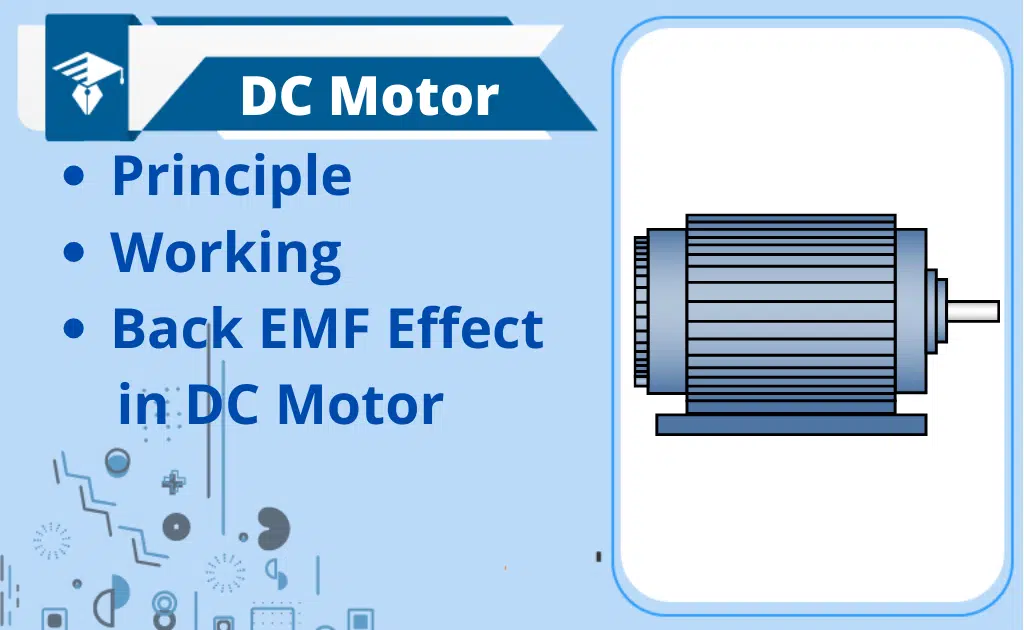What is Brushless DC Motor?-Definition, Working, And Advantages
A brushless DC motor, also known as a BLDC motor or BL motor, is an electronically commuted DC motor that does not have brushes. The controller provides electric current to the motor windings which can be used to control the speed and Torque of the motor.
What is Brushless DC Motor?
Magnetic fields can be created by DC currents to the motor windings and by the permanent magnets that follow them. To control the speed and Torque of the motor, the controller adjusts the phase and amplitude of the DC currents. The control system is different from the mechanical commutator used in conventional electric motors.
An electronic sensor and transistors which switch current through the windings can be used to reverse the direction of the current in a brushless DC motor. The elimination of the sliding contact means that the working life of the motor is only limited by the lifetime of the bearings.
Brushless Motor Working
The basic parts of a brushless DC motor are the rotor and the stator. The rotating part is the one with magnets and the stationary part has windings.
The BLDC uses permanent magnets to move the electromagnets from the rotor to the stator. The high-power transistors are used to amplify the sound of the shaft turns. The controller uses a solid-state circuit for power distribution.
Construction
There are several different physical configurations that can be used to build brushless motors. The permanent magnets are part of the rotor in the conventional runner configuration. The rotor has three stator windings surrounding it.
In the external-rotor outrunner configuration, the radial relationship between the coils and magnets is reversed, with the stator coil forming the center of the motor, while the permanent magnets spin within an overhanging rotor that surrounds the core Out runners typically have more poles, set up in triplets to maintain the three groups of windings, and have a higher Torque at low RPMs.
In the flat type, where there are space or shape constraints, the stator and rotor plates are mounted face to face. The coils are not moving in all of the motors.
Brushless DC Motor Advantages
The speed at which the current is supplied is the most important factor in determining the efficiency of brushless motors. The mechanical energy loss due to friction is reduced when brushes are not present. Under any condition, the BLDC motor can operate at high speeds. There is very little noise and sparking during operation.
It is possible to use more electromagnets on the stator for more precise control. The low inertia of the BLDC makes it easy for them to accelerate and decelerate. It is a high-performance motor that provides a lot of power and speed.
BLDC motors do not have brushes which make them more reliable, have high life expectancies, and are maintenance-free. The commutator does not produce ionizing sparks and the interference from it is reduced. No airflow is required for the inside cooling of these motors.







Leave a Reply